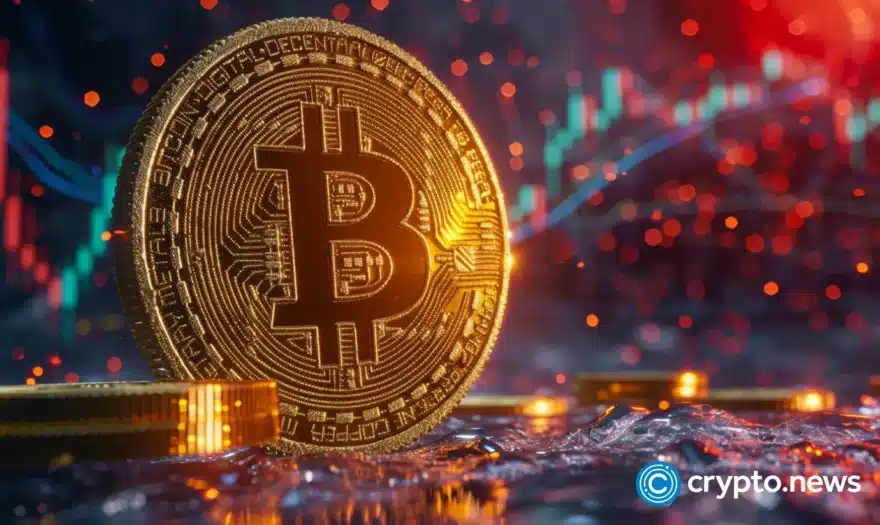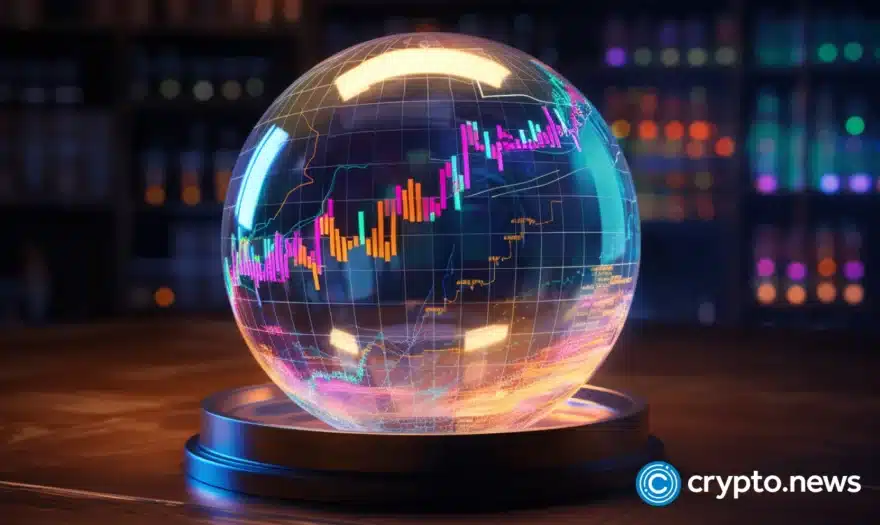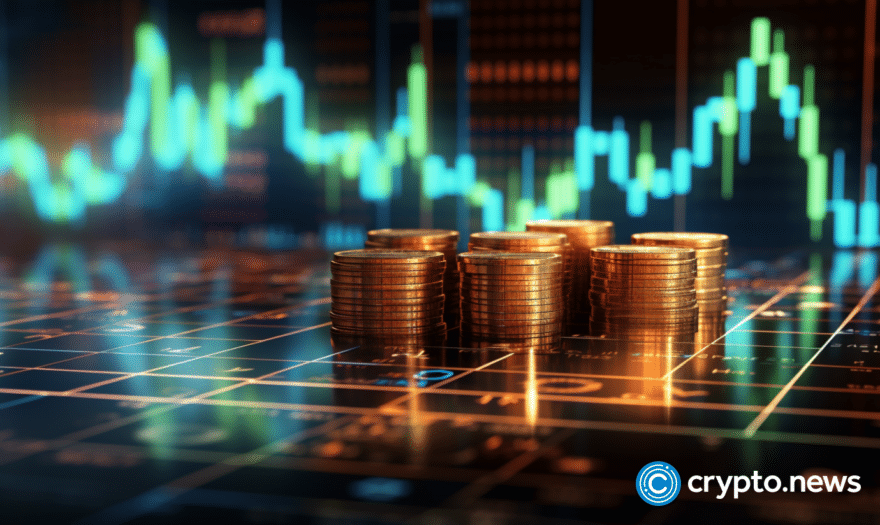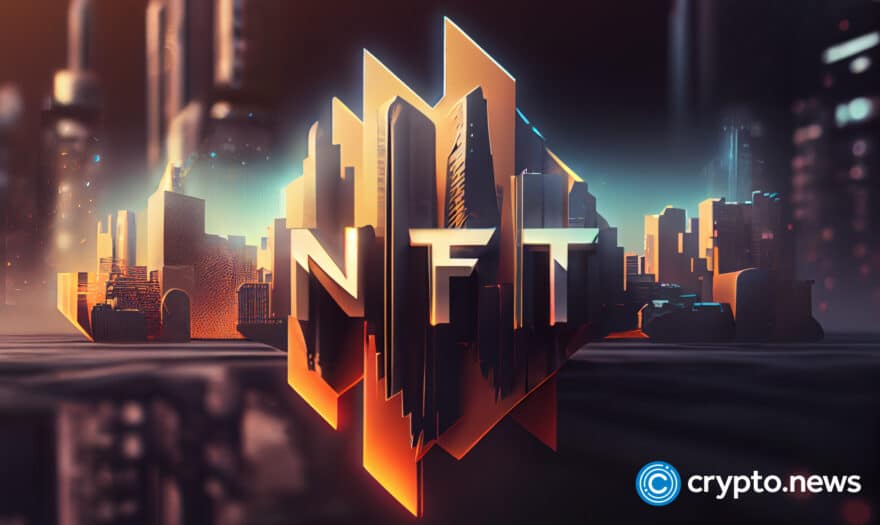Crypto Token Supply: What’s the Difference Between Maximum, Circulating, and Total Supply?
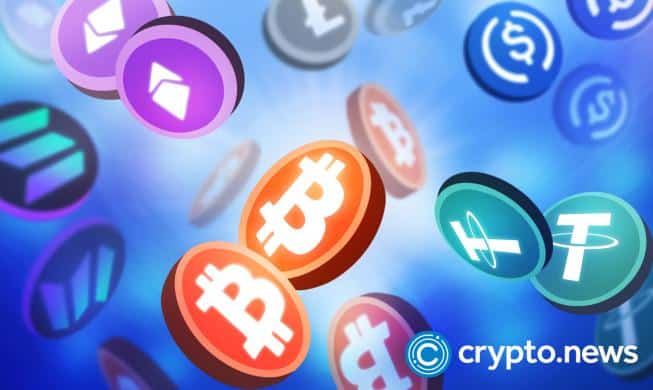
Fundamental and quantitative analysis aside, the demand and supply curve remains the greatest determinant of what route the price chart of crypto would take. This is why when talking about the token supply of a cryptocurrency, terms like maximum, circulating, and total supply are greatly noted as crucial metric stats.
Crypto Token Supply States
So, what does the term “maximum supply” mean? How much of a token is circulating versus total supply? And why should you care? This guide will explain all that and tip you on how to use this information to your advantage.
Maximum Supply
A crypto’s maximum supply implies the total number of coins that can ever be minted. It is defined by a feature within the blockchain as defined by its white paper.
Finite vs. Infinite Maximum Supply
The maximum supply is not uniform across all blockchains. In some, a set finite number of coins can ever be minted. An example is the Bitcoin blockchain which has a fixed maximum supply of 21 million coins. After that, miners can’t extract any more BTC.
On the other hand, some have no cap on how many coins can ever be minted. A specific figure can’t define its maximum supply, a notable example being Ethereum.
Importance
A coin’s maximum supply defines the blockchain’s tokenomics strategy. The cap is a means to tame long-term inflation for coins with a maximum supply figure. After the limit is met, the coin’s supply becomes static while its demand is expected to rise, guaranteeing value gains.
Coins with an infinite maximum supply require more radical measures to tackle inflation. A popular strategy is the periodic burning of coins, a step that takes a portion of them out of circulation.
Circulating Supply
The circulating supply refers to how many coins are circulating in the market at a specific time. Its value represents the number of coins ready to be transferred to any given valid wallet.
Coins Circulating Don’t Mean are Available
It’s worth noting that in every blockchain, the value of circulating supply doesn’t equate to the total amount of coins in exchanges. On many occasions, a significant amount of the token isn’t circulating.
For instance, Satoshi Nakamoto, the pseudonymous founder of Bitcoin, has billions of dollars worth of Bitcoin tucked somewhere for decades. They shouldn’t theoretically be seen as circulating since no one can access them. Same for thousands of other hodlers. But they are seen as so since they aren’t tradable, should the owner choose to sell.
Importance
A token’s circulating supply is vital for estimating short-term inflation. As explained earlier, inflation rates are essential for estimating a crypto’s value. A snapshot of its circulating supply, when gauged against its demand, gives a clear trajectory of its price in the short term. Such information is vital for crypto analysts and investors, especially whales with a lot at stake.
Similarly, it plays a key role in influencing the blockchain developers’ short-term tokenomics. The key word is short-term since demand may swing in a short while.
Total Supply
Simply put, a coin’s total supply is the sum of every single coin in a blockchain. It may sound similar to the circulating supply, but notable differences exist.
How it Differs From the Circulating Supply
While circulating supply views coins only in circulation, they don’t represent the total number of minted coins on a blockchain. Every so often, there are times when a blockchain mints more coins than it needs to circulate at the moment.
A good example is the coins resulting from the UTXO model. In summary, these are unspent coins within a blockchain after mining to meet microtransactions needs, arising from the lack of subdivisions of cryptos.
Another example is coins set aside as a staking reward to investors. Premine coins also fall here, but only when subjected to a vesting period or when the developer doesn’t transfer them to any wallet.
Coins under such instances are omitted from the circulating supply. That’s because they can’t be readily accessed by investors and transferred between wallets. Hence, the existence of the total supply.
Importance
The total supply plays a vital role in estimating the value of a blockchain via its market cap. It is calculated by taking the total supply of a coin and multiplying it by the price of the coin at that specific point.
Such calculations are vital in gauging the overall performance of the blockchain world. A rapid gain in the total market cap of the blockchain world sends positive signals to investors. It is quite possibly the largest attraction of more capital into the industry, with changes reflecting if there is a general bull or bear market.
Take Away
Knowledge of token supply terms is vital to all players in the crypto world. Each metric may hold more weight for different players in the blockchain industry.
Investors will likely be more interested in the circulating supply since it gauges their immediate gain. The minimum supply figure is also vital for hodlers due to the ability to predict how long-term prices could go.
The blockchain’s development team will give all indexes as much weight as possible. Total supply may just edge the others since it indicates the blockchain’s market cap. Crypto analysts have no choice but to give all metrics equal weight. It shows that none of the three is more or less important than the other.
Frequently Asked Questions
What is the difference between the maximum, circulating, and total token supply?
The maximum supply is the total number of tokens that can be minted or mined, the circulating supply is the total number of tokens in the market at a specific time, and the total supply is the total number of tokens on a blockchain.
How do tokens with a finite supply differ from those with an infinite supply?
As the name suggests, a token with a finite supply has a limited amount of maximum supply. For those with an infinite maximum supply, there is no specified number of tokens to be minted throughout their lifetime. An excellent example of the former is bitcoin, while the latter is Ethereum. Finite token supplies rank a token as deflationary.
What is the importance of all three metrics of token supply?
While considering the end game of all investors or onlookers in the crypto community, the token supply plays a significant role in their decision-making. As far as it goes, they indicate the token’s future in the short-term or long-term.





